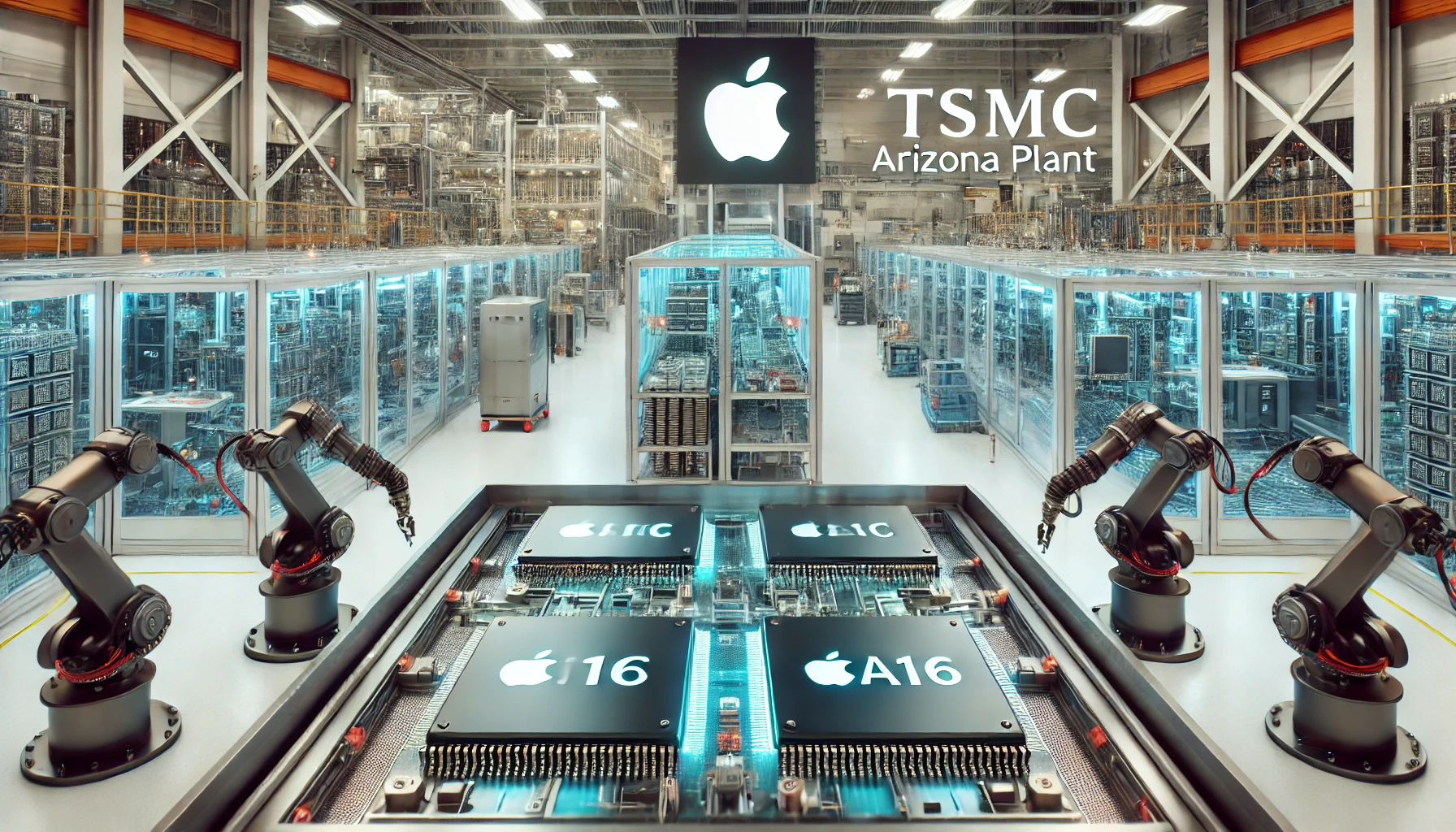According to a new report, Apple’s A16 chips are now being manufactured at TSMC’s chipmaking plant in Arizona. While the yield rates are slightly lower than those achieved in Taiwan, they are very close to matching the same standards. The big question remains: why is Apple still producing A16 chips, and what new product might use them?

A16 Chips Being Made in the US
Taiwanese journalist Tim Culpan reports:
TSMC’s first chips from the Arizona plant are now in production, and Apple will be the first to use mobile processors made with the foundry’s 5nm process. Sources tell me that Apple’s A16 SoC is currently being manufactured at Phase 1 of TSMC’s Fab 21 in Arizona in small but significant quantities. Production will increase significantly once the second stage of Phase 1 is completed, putting the Arizona project on track for full production by the first half of 2025.
It was initially thought that the Arizona plant might struggle to achieve the same yield rates—the percentage of chips meeting quality standards—as TSMC’s Taiwanese plants. The challenge is even greater given the advanced nature of the 5nm chip being produced.
However, Culpan notes that the yield rates are impressive and improving.
Currently, TSMC’s Arizona plant is producing yields slightly behind those in Taiwan, but they are nearly neck and neck. Most importantly, improvements are happening so rapidly that true yield parity between Taiwan and Arizona is expected in the coming months.
What Is It For?
The main question is: what product will use the A16 chip? Culpan suggests the iPhone SE 4 is “likely.”
The iPhone SE 4 is expected to be based on the iPhone 14, marking a shift for the entry-level iPhone to adopt a modern, mostly-screen form factor without the Home button. The display is said to be similar to the iPhone 13’s, which is nearly identical to the one used in the iPhone 14.
Historically, Apple has equipped the iPhone SE with the latest non-Pro chip. However, the iPhone 14 Pro doesn’t support Apple’s Intelligence features, so it would be unusual for Apple to launch even an entry-level phone without these capabilities.
The same issue arises with future non-Pro iPads, as Apple would want them to run AI features.
RAM is a known limitation, so one possibility is that the A16 chip could support AI features if its design were modified to include more memory.
A less likely possibility is that this is just a test, part of a long-term plan to bring more advanced Apple chip production to the US. However, that would be a very expensive experiment for limited gain, given how outdated the A16 design is by now.
Image Description:
An image depicting the production of Apple A16 chips in TSMC’s Arizona plant. The scene shows a high-tech chip manufacturing facility with production lines in operation. TSMC and Apple logos are visible in the background, highlighting their collaboration. The visual style is modern and tech-focused, with futuristic equipment and chip designs prominently displayed.